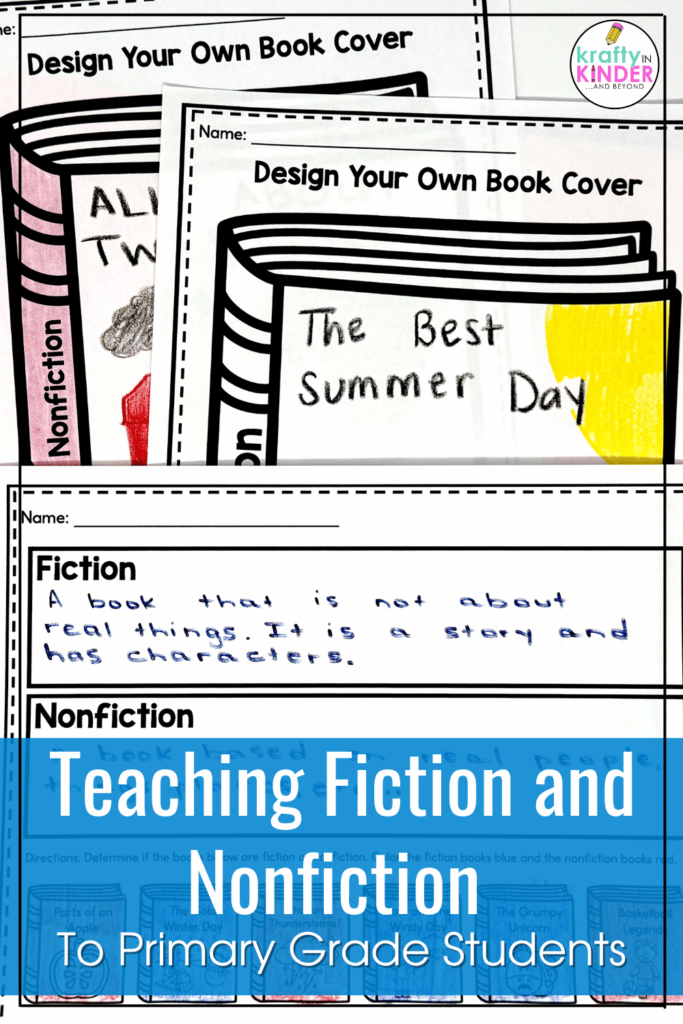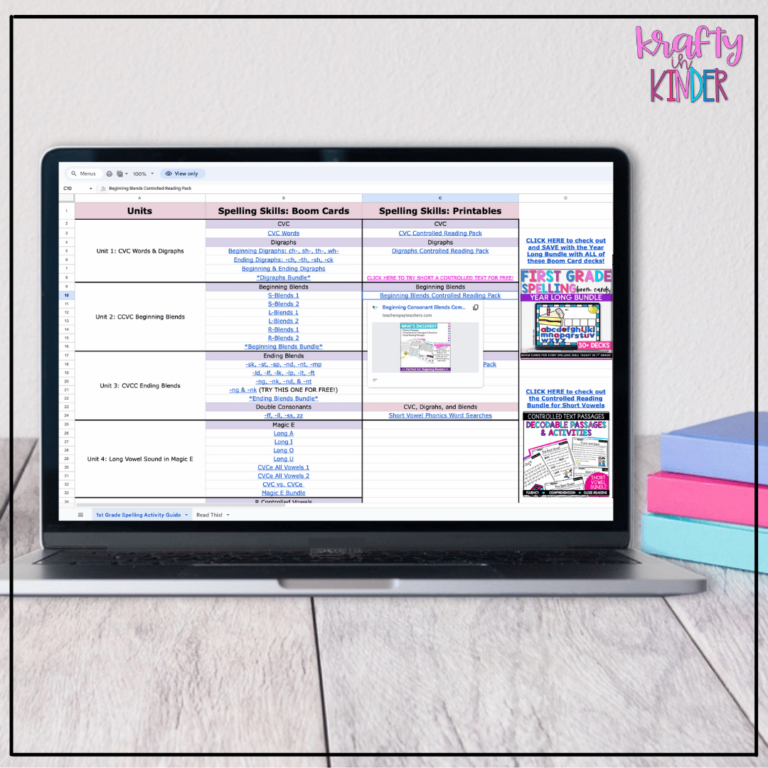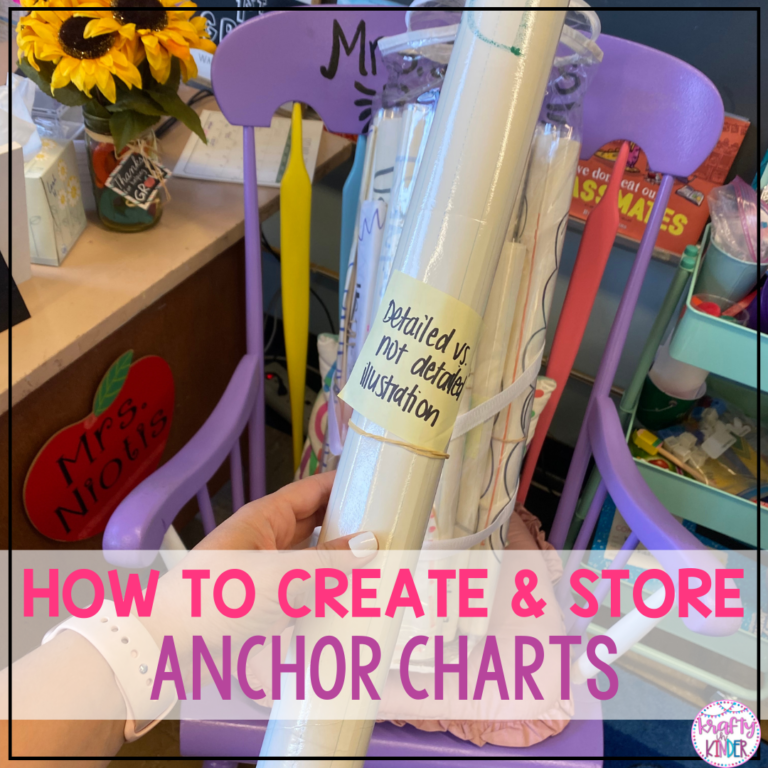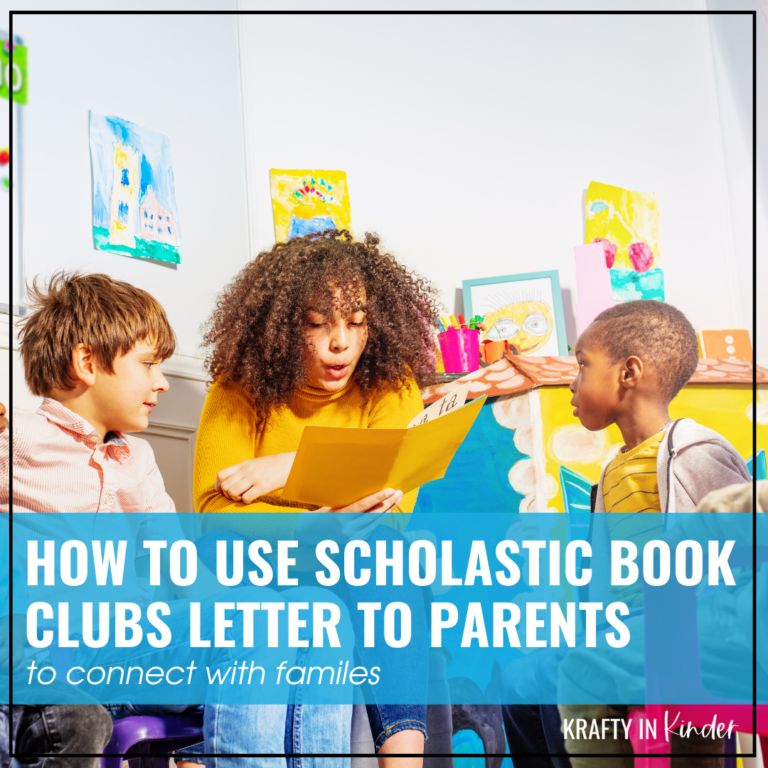Teaching Fiction and Nonfiction to Primary Grade Students
Books are an integral part of every primary classroom. Aside from read-aloud time, most teachers use books to preface their lessons and help students understand new concepts. As students begin reading on their own and choosing books at the library, it’s a good idea to cover the topic of fiction and nonfiction books. This is such an important lesson to teach as it helps our students understand the value of books and how they can be used in different ways. Let’s take a closer look at how to get started!
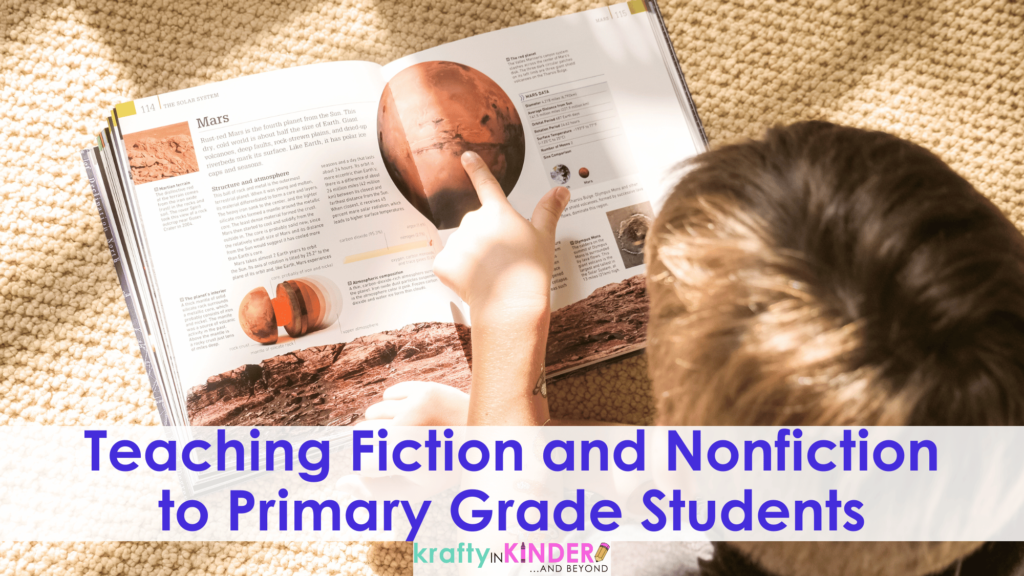
Why Teaching Fiction and Nonfiction Matters
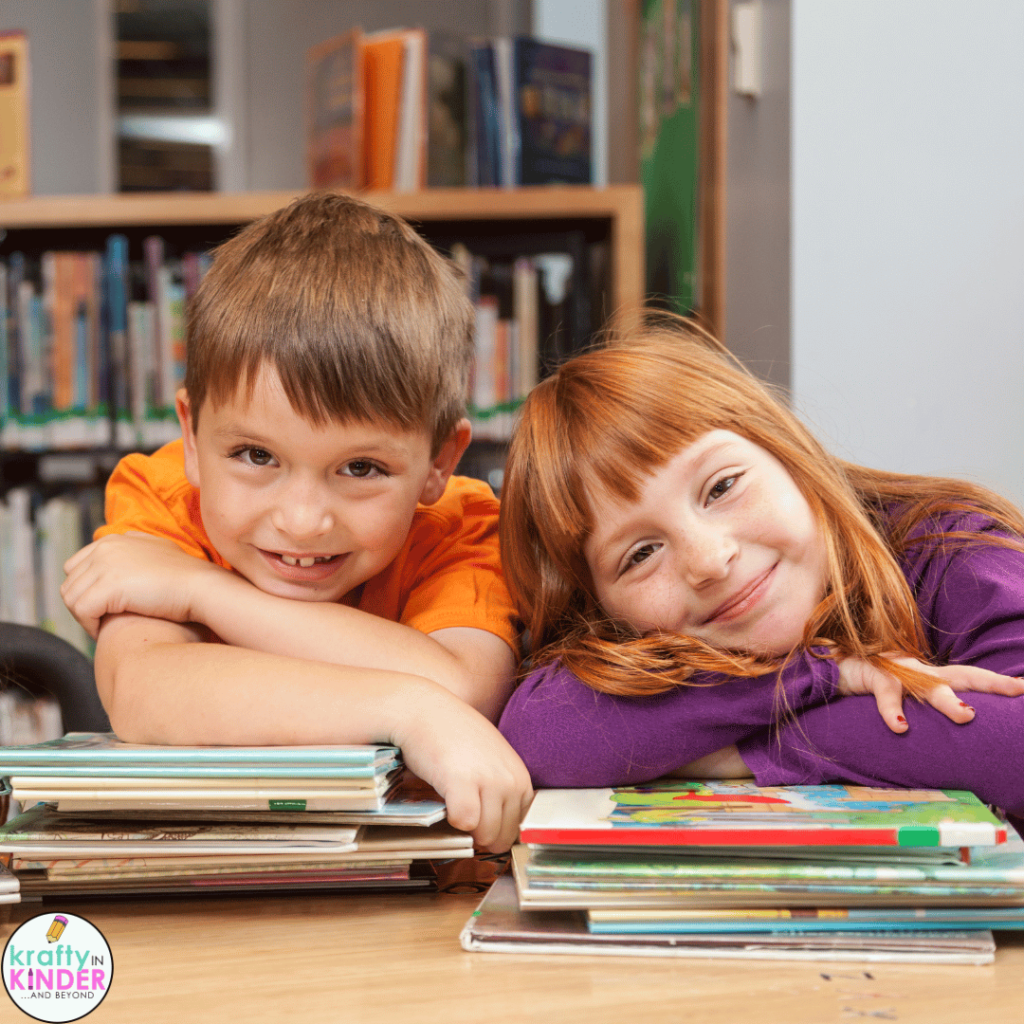
Before we dive into the nitty-gritty, let’s talk about why you might want to add this lesson to your plan book. This is such an important topic to cover because it helps students understand that there is more than just one kind of book. Your primary students might only think of books as something that comes out during story time. By teaching them about fiction and nonfiction, they will learn that there are many different kinds of books that serve different purposes. Some books are just for fun, while others help us learn new things.
Another very important reason to teach this topic is to help foster a love of reading. When kids understand there are many different books out there, they are more likely to use independence and choose books that truly interest them. We’ve all had kiddos who aren’t super interested in reading right off the bat. For these kids, I always say – don’t give up, there’s a book out there for you! Helping students understand that books go well beyond picture books might just be the nudge they need to get reading! Maybe a classic storybook doesn’t sound fun, but a full-color nonfiction book on spiders does. By teaching about fiction and nonfiction, we’re putting our kids in the driver’s seat to seek out books that appeal to them!
Introducing Fiction and Nonfiction Books
If you’re getting ready to teach your young students about fiction and nonfiction books, you’ve come to the right place! This is a passion of mine, so I created a whole lesson on it. Today I’m going to walk you through how it works in my room and some of the other activities we use to reinforce this topic.

To get started with this topic, I use a digital lesson on Google Slides. This is a great way to teach the whole group at once! Everyone loves the engaging, colorful slides, so they’re a no-brainer for me. I simply project the digital presentation up on the interactive whiteboard and we’re off to the races! The contents of the presentation include:
- definition pages for fiction and nonfiction
- characteristics of fiction and nonfiction
- sorting activity to show examples
- editable pages to customize the lesson
When first introducing this topic to my students, I walk through this presentation with my class and read through each slide. As I read, I like to pause and hold up real books that represent both fiction and nonfiction. This helps my students understand what to look for and how to identify them. I point out the obvious differences and what to look for when identifying books.
Using posters or an anchor chart that reminds students of each book type and its characteristics is the perfect way to reinforce what students have learned. I like to hang these up and refer back to them often. These little reminders help my students fully grasp the difference as we explore this topic!
Follow Up With a Group Game
After our little introduction, I like to play a whole group game with my students. Everyone loves games and I find that this one helps hammer this topic home. I will typically keep the slide up on the board that shows the characteristics of fiction and nonfiction books as a reminder. Then, I gather up a bunch of different books from the classroom library and place them in a basket.

I have the kids take a seat on the carpet. Then, I call them up one at a time to choose a book. The task is to blindly choose a book, hold it up for the class to see, and then decide if it is fiction or nonfiction. After they have made their choice, I ask them to tell me how they know. This question gets the wheels turning and has them recall what we talked about looking for. The things we focus on for this include things like:
- if the book has real pictures
- if the book has cartoons
- if the book contains facts
- if the book has characters
- if the book has a storyline
You can vary this game by playing as a whole group and having your students raise their hands to answer. This will avoid putting anyone on the spot if you have a more reserved class. The great thing about playing in group format is that it gives you a chance to correct students who don’t provide the right answer. It also allows everyone to learn from each other through many examples!
Another Game to Try
Another fun way we practice with fiction and nonfiction is by playing “Find It”. In this game, I choose a child to go and find a specific type of book from our class library. I might say something like, “Find me a nonfiction book about animals.” They head over to the bookshelf and see if they can find it. This is a fun variation to play as a review game that can also double as an “exit ticket” for the day. Once they find their book, they can place it back on the shelf and line up!
Practice with Worksheets
If you teach primary learners, you already know that practice makes progress! While the group teaching activity and the games are a great way to learn about fiction and nonfiction, I also like to allow my students to practice with worksheets as well. This is not only helpful to review, but it also helps me see if my kiddos are retaining this concept.
Cut and Paste Sorting Activities
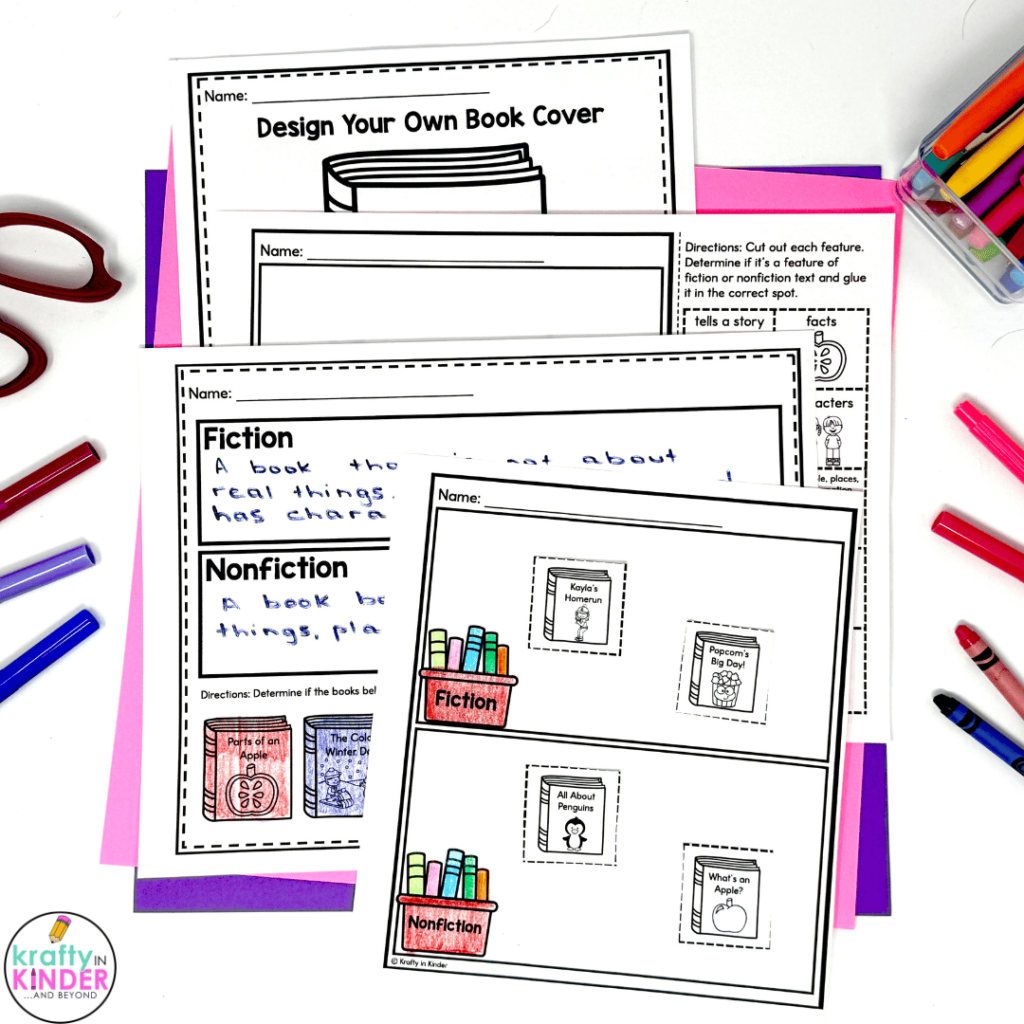
The worksheets we use include a couple of sorting activities that my kids love! There’s one included that asks them to cut out pictures of books with different titles and topics and sort them into the correct categories. If they get stuck, I have them take a look at those handy posters from our introduction to get some clarification. If I am able, I like to walk around and ask each student how they knew about one specific book. This helps me understand if they are getting it. As a bonus, it also encourages them to use critical thinking and examples to explain their choice. In addition, there’s also a sorting page for characteristics of fiction and nonfiction as well as one that has them define each in their own words.
Design Your Own Book Cover
The last set of worksheets is everyone’s favorite because it allows them to be totally creative! But what I love most is the higher order thinking skills involved in the activity. Students must take what they learned and apply it to their book covers.
In this activity, students will design their own book covers for fiction and nonfiction. I let the kids go to town on this one and make exactly the type of book cover they’d choose if they saw it at the library. I encourage them to use their best coloring skills and then we display them somewhere in the classroom. It’s always fun to see what my kids come up with for these! There are a couple of options included for this if you would like to have students design a cover for each, or simply choose fiction or nonfiction.
Get Started Teaching Fiction and Nonfiction
Doesn’t this lesson sound like fun?! As I mentioned, I love teaching this topic in my class. It’s always so much fun to introduce it and then watch as students start to pick up on the key differences between fiction and nonfiction books. If you want to teach this topic in your room and are looking for a way to simplify the process, be sure to check out my Fiction vs. Nonfiction Lesson and Activities! Inside you get:
- digital lesson
- printable posters
- follow-up sorting worksheets
- design your own book cover worksheets
This no-prep resource will make it super simple and fun for you to teach your students all about fiction and nonfiction books. I know you and your kids will love exploring this topic together and discovering what each person prefers to read. Oh, and after you finish your lesson, consider taking your students to the school library to choose a book that appeals to them. Teaching about fiction and nonfiction is sure to stir some excitement in your kiddos when it comes to reading new books!
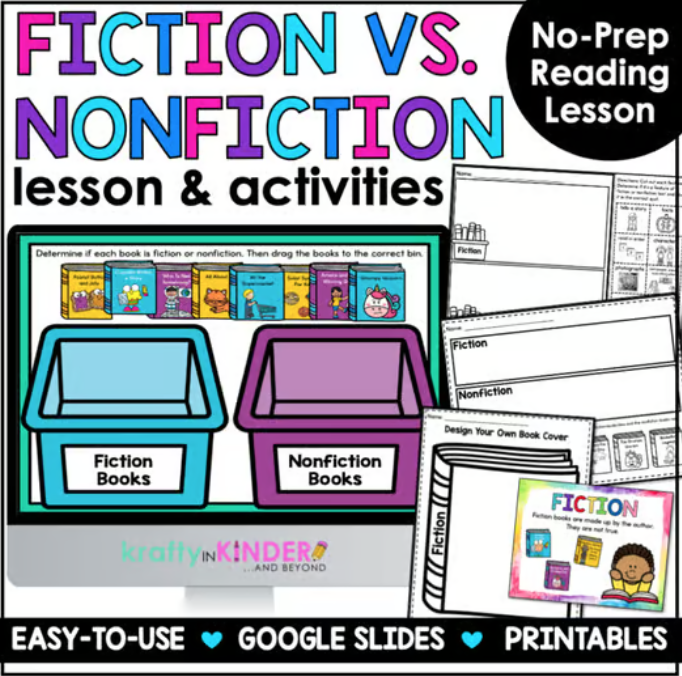
Looking for More Reading Lessons?
Check out these posts next!
- How to Use Decodable Reading Passages in First Grade
- How to Use Cloze Reading Activities to Improve Reading Comprehension
Save This Post
This post has all my best tips for teaching fiction and nonfiction. Be sure to pin it on Pinterest so that you can come back to it when you’re ready to try this lesson in your room!
